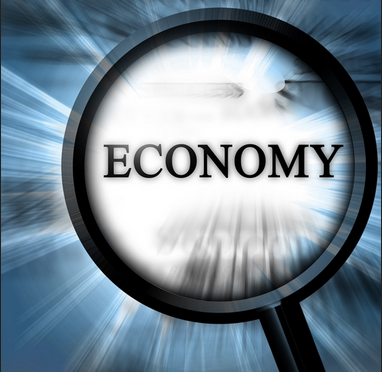Democrats and Republicans have widely different views on the economy. But once in power, candidates’ actions don’t always coincide with their party’s views. That makes it difficult to determine whether Democratic presidents or Republican presidents are better for the economy.
Here’s an analysis of the two parties’ views, the actions of the presidents once they’ve been in power, and the results.
Overview
Democrats gear their economic policies to benefit low-income and middle-income families, holding the belief that reducing income inequality is the best way to foster economic growth. This is based on the idea that low-income families tend to spend extra money on necessities, which directly increases demand. Democrats also support a Keynesian economic theory, which says that the government should spend its way out of a recession.
President Franklin D. Roosevelt first outlined the Economic Bill of Rights in his 1944 State of the Union address, which included a realistic tax law, a cost of food law, and a continuation of the law for the renegotiation of war contracts.1 President Harry Truman’s 1949 Fair Deal proposed specific legislation to support this expanded vision of the American Dream.2 In 2010, the Democrats expanded the dream to include health care with the Affordable Care Act.




